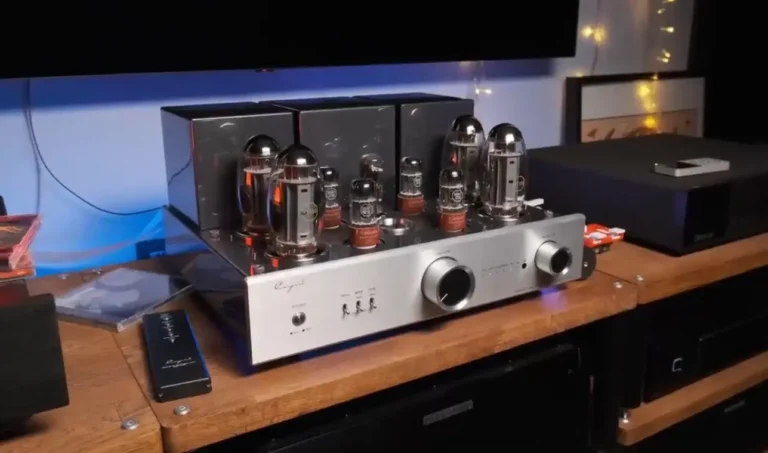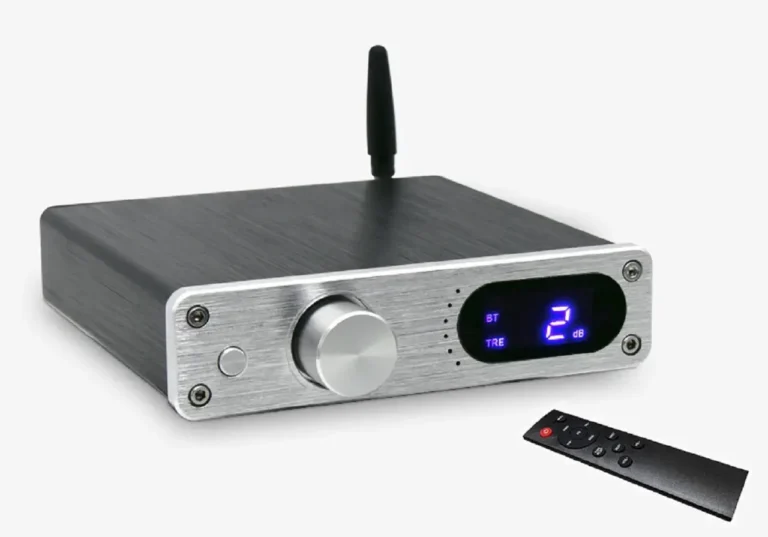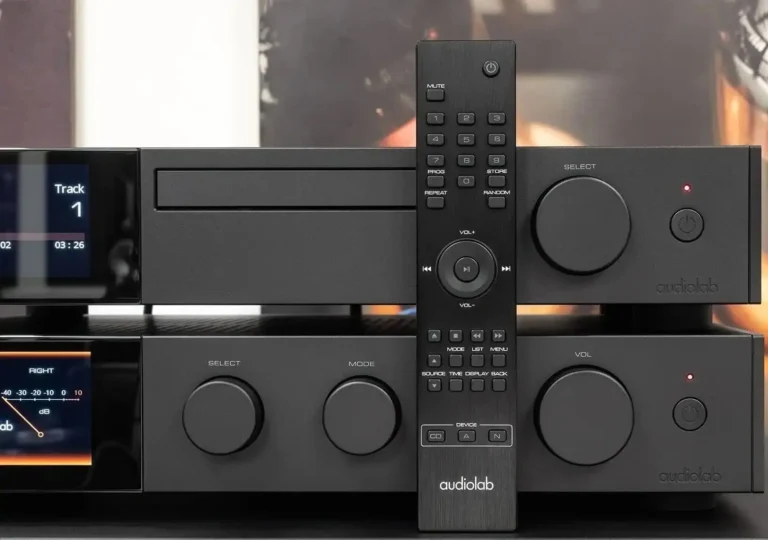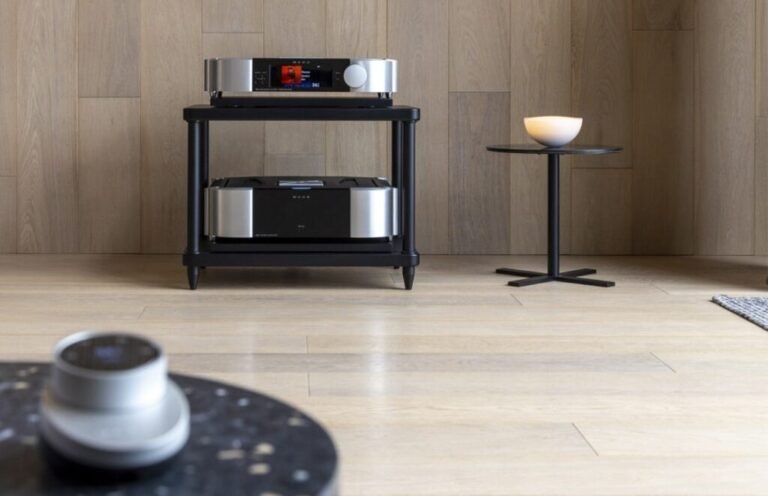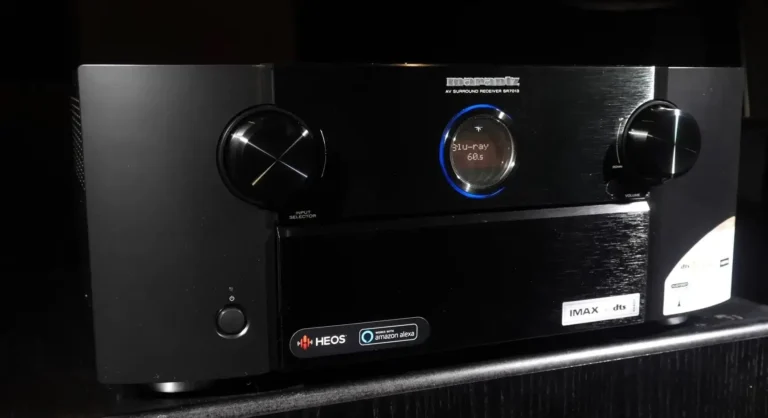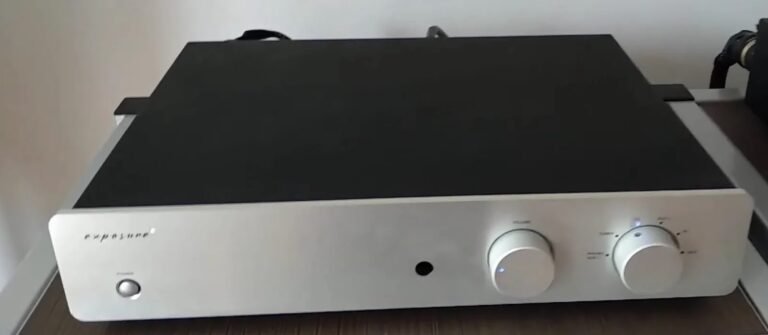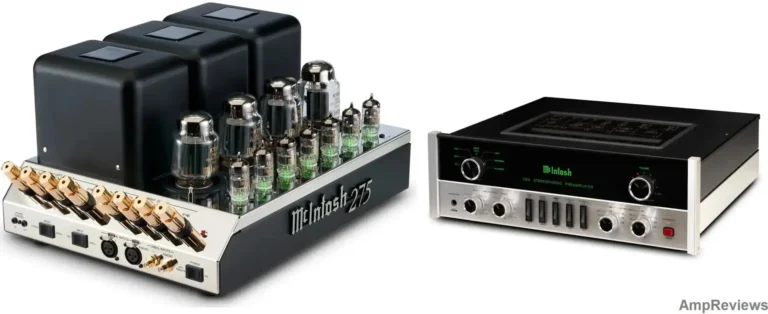Cayin CS-150A Stereo Amplifier Reviewed: Sound with Unmatched Clarity, and Power
What are tube amplifiers most often used for? Of course, to get that same warm tube sound – comfortable, pleasant, cozy, a little leisurely, devoid of fuss. In a word – for the sake of a specific atmosphere. When people ask me which lamp to buy to get this effect, I often recommend low-…

